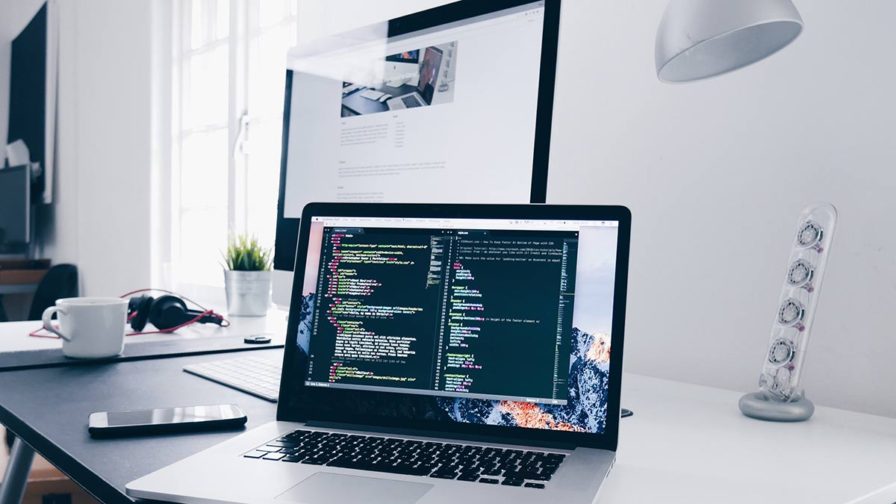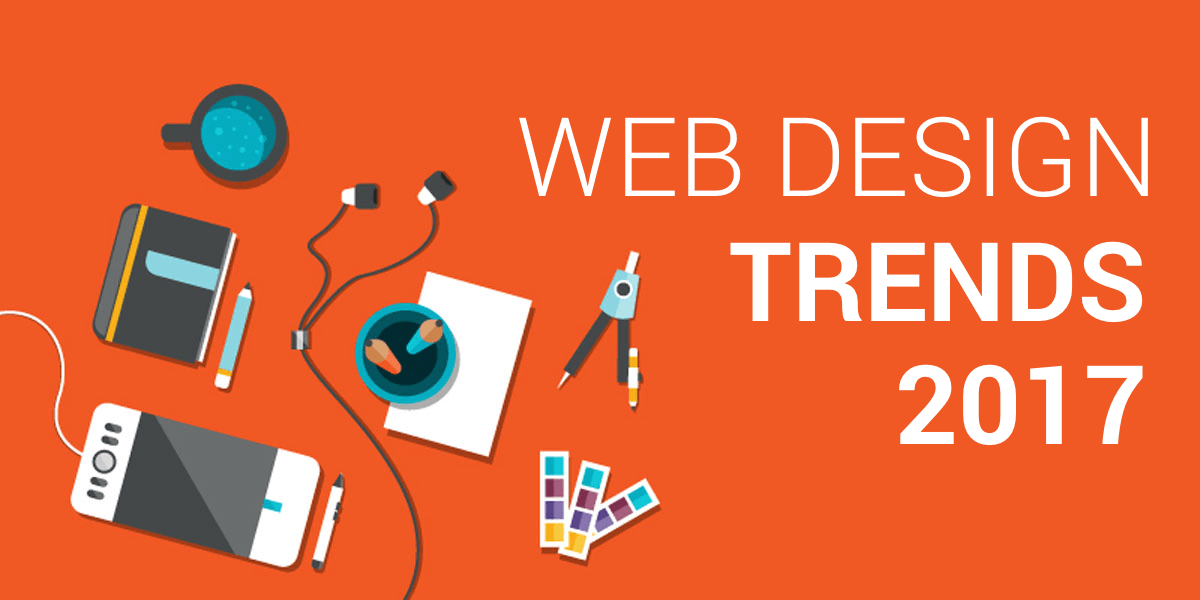Innovative Aligned Position Web Design: Future-Proof Websites for Businesses in Every Niche
Innovative Aligned Position Web Design: Future-Proof Websites for Businesses in Every Niche
Blog Article
The Most Effective Sorts Of Website Design to Boost Individual Experience and Interaction
In the ever-evolving landscape of digital communication, the performance of website design dramatically impacts customer experience and engagement. Numerous design strategies, such as minimalist, receptive, and interactive layouts, each offer unique advantages that can deal with diverse individual demands. Comprehending which kinds of Web style ideal serve these purposes can be pivotal for services intending to enhance client complete satisfaction and retention. However, the question remains: which style elements really reverberate with customers and foster meaningful interaction? The expedition of these concepts discloses crucial insights that might redefine your strategy to website design.
Minimal Website Design
As digital landscapes come to be significantly cluttered, minimalist Web design has actually become an effective technique to improving individual experience. This style approach focuses on simpleness, concentrating on crucial elements while removing unneeded disturbances. By utilizing ample white area, simple navigating, and a restricted color scheme, minimal style fosters clarity and guides customer attention to key material.
The core concept of minimal Web layout is to develop a smooth communication for individuals. By decreasing cognitive lots, individuals can swiftly realize info without feeling bewildered. This direct technique not only boosts functionality yet also urges interaction, as site visitors are a lot more likely to check out a site that is very easy and visually enticing to navigate.
Furthermore, minimal style frequently stresses typography and imagery, making use of these elements strategically to communicate messages effectively. This focus on crucial components can improve brand identity and produce a remarkable individual experience. Fundamentally, minimalist Web layout is not just a pattern; it is a thoughtful methodology that acknowledges the value of user-centered layout. By removing extraneous elements, designers can produce an extra interesting, efficient, and pleasurable Web experience for all individuals.
Receptive Web Design
In today's diverse digital environment, receptive website design has actually come to be essential for creating a smooth customer experience throughout a plethora of tools. As customers accessibility internet sites on smart devices, desktops, tablet computers, and laptop computers, the capacity of an internet site to adjust its design and content to various display dimensions and resolutions is important.
Responsive Web layout utilizes flexible grids, photos, and CSS media queries to ensure that Web content exists efficiently, regardless of the tool utilized. This approach not just improves the aesthetic charm of a website yet also substantially boosts functionality. Customers are most likely to involve with a site that provides a constant experience, as it eliminates the aggravation of needing to zoom in or scroll exceedingly.
By taking on receptive design, services can enhance their exposure and get to a more comprehensive audience. In summary, responsive Web design is an essential technique that boosts user experience, interaction, and total satisfaction.
Interactive Web Style
Receptive website design prepares for improving customer experience, yet interactive Web design takes this a step additionally by involving customers in a more vibrant way - Aligned Position Web Design. By integrating elements such as animations, Full Report clickable prototypes, and real-time feedback, interactive website design astounds individuals, drawing them right into a richer surfing experience
This technique not only promotes engagement yet additionally urges individuals to check out content proactively as opposed to passively consuming it. Techniques such as gamification, where users earn incentives for finishing jobs, can considerably improve the time spent on a site and boost total fulfillment. Moreover, interactive functions can simplify complicated information, making it more satisfying and digestible.

Incorporating interactive layout aspects can also bring about greater conversion prices, as customers are extra likely to involve with a site that proactively includes them. Aligned Position Web Design. Ultimately, interactive Web design changes user experiences right into memorable trips, guaranteeing that site visitors return time and once again
Apartment Layout
Identified by its minimalistic approach, flat style highlights simpleness and capability, removing unnecessary elements and site link concentrating on necessary attributes. This design viewpoint prioritizes functionality, ensuring that users can navigate interfaces effortlessly and effectiveness. By using a tidy visual, level layout eliminates the clutter often discovered in a lot more elaborate designs, thereby enhancing individual focus on content and functionality.
The hallmark of level layout exists in its use of strong colors, simple typography, and geometric forms. These components add to an aesthetically enticing user interface that is both contemporary and approachable. Furthermore, flat design cultivates a feeling of clarity, allowing customers to determine vital actions and details without diversion.
Furthermore, level layout is especially reliable in responsive Web style, as its simplicity translates well throughout different devices and screen sizes. By focusing on essential features, flat layout not only meets user needs yet also encourages seamless interaction, making it an important part of reliable Web style approaches.
Flexible Website Design
Adaptive website design personalizes the individual experience by producing numerous repaired designs customized to different screen dimensions and devices. Unlike receptive layout, which fluidly adjusts a solitary layout, flexible layout employs distinctive formats for specific breakpoints, making certain ideal presentation on various systems. This method enables designers to concentrate on the special characteristics of each device, improving use by delivering specifically what customers need based on their context.
Among the key advantages of adaptive website design is its capability to optimize load times and efficiency. By serving tailored web content and pictures that fit the user's device, websites can decrease data usage and boost loading speeds. This is particularly useful for individuals with slower connections or minimal data strategies.

Additionally, adaptive layout facilitates a use this link more regular and regulated branding experience. Considering that designers create numerous formats, they can make certain that the aesthetic components line up with the brand name's identification across different systems - Aligned Position Web Design. This leads to a cohesive customer experience, boosting interaction and promoting customer retention
Final Thought
To conclude, the integration of minimal, receptive, and interactive Web layout principles substantially enhances user experience and involvement. Minimal style fosters quality and emphasis, while responsive layout makes sure versatility throughout different tools, advertising access. Interactive layout mesmerizes customers with dynamic elements, urging exploration and customization. Collectively, these style comes close to contribute to the production of easy to use settings that not only enhance complete satisfaction yet likewise drive greater conversion prices, highlighting their critical value in modern Web style approaches.

Minimalist style promotes quality and emphasis, while receptive style makes sure flexibility throughout different gadgets, promoting availability. Jointly, these style approaches contribute to the creation of user-friendly environments that not only boost satisfaction yet additionally drive greater conversion prices, highlighting their vital significance in contemporary Web layout methods.
Report this page